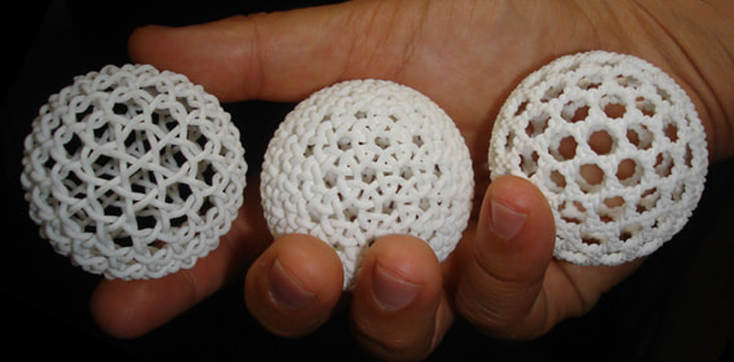|
UK company GOMI Design creates unique products using recycled plastic bags.
0 Comments
One of the more common misconceptions about the Tesla Roadster is that it is an electrified Lotus Elise. This has been an interesting problem...
Read the article here Read the Arrticle HereTheranos - Silicon Valley Company Built on a Lie Will Soon Shut Down9/16/2018 3D Printing Design Tips & TricksThere are several design advantages to keep in mind for making your 3D printed custom parts more cost-effective. from Xometry
1. Reduce Z-height - Shorter parts yield quicker builds, which saves cost. Splitting complex parts can also be more economical than increasing height. 2. Reduce part volume - Use less material by creating pockets or changing the infill of the design (Xometry offers Ultralight, Light, and Solid infill options for FDM). For SLS, you may want to consider hollowing out large volumes. 3. Choose the right process - Keep design considerations such as strength, tolerance, and physical appearance of your part in mind. In many cases you can save a lot when there is flexibility on material and surface finish. 4. Test a feature before building the full part - When experimenting with multiple iterations, test smaller sections before the entire piece. The Patent Law Treaty (PLT) is a patent law multilateral treaty concluded on 1 June 2000 in Geneva, Switzerland, by 53 States and the European Patent Organisation (an intergovernmental organization). Its aim is to harmonize formal procedures such as the requirements to obtain a filing date for a patent application, the form and content of a patent application, and representation. As of November 2017, the PLT had 39 contracting states, while 59 states and the European Patent Organisation have signed the treaty.[1] From Wikipedia
The Leahy–Smith America Invents Act (AIA) is a United States federal statute that was passed by Congress and was signed into law by President Barack Obama on September 16, 2011. The law represents the most significant change to the U.S. patent system since 1952, and closely resembles previously proposed legislation in the Senate in its previous session (Patent Reform Act of 2009).[1] Named for its lead sponsors, Sen. Patrick Leahy (D-VT) and Rep. Lamar Smith (R-TX),[2] the Act switches the U.S. patent system from a "first to invent" to a "first inventor to file" system, eliminates interference proceedings, and develops post-grant opposition. Its central provisions went into effect on September 16, 2012 and on March 16, 2013. From Wikipedia page
|










